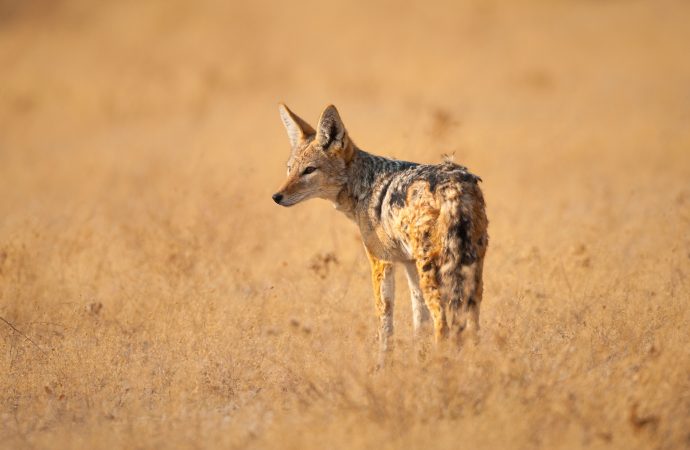Jackals are often associated with rural or wild environments, but they are increasingly being spotted in urban areas around the world. While some may see these animals as a nuisance or a threat, recent research suggests that there are surprising benefits to coexisting with jackals in urban environments. Control of Pest Populations One of the
Jackals are often associated with rural or wild environments, but they are increasingly being spotted in urban areas around the world. While some may see these animals as a nuisance or a threat, recent research suggests that there are surprising benefits to coexisting with jackals in urban environments.
Control of Pest Populations
One of the most important benefits of having jackals in urban environments is their ability to control pest populations. Jackals are opportunistic feeders and will eat a variety of prey, including rats, mice, and other small mammals. By feeding on these pests, jackals can help to keep their populations in check and reduce the risk of disease transmission to humans.
Ecological Balance
Jackals also play an important role in maintaining ecological balance in urban environments. They are apex predators, meaning that they are at the top of the food chain, and their presence can help to regulate the populations of other animals, such as feral cats or stray dogs. This, in turn, can help to maintain the overall health and balance of urban ecosystems.
Tourism and Education
In some areas, jackals have become a popular attraction for tourists and nature enthusiasts. By promoting the coexistence of jackals in urban environments, cities can develop new ecotourism opportunities and raise awareness about the importance of protecting and conserving wildlife. This can also help to educate the public about the benefits of coexisting with jackals and other urban wildlife.
Challenges and Solutions
Of course, coexisting with jackals in urban environments is not without its challenges. For example, jackals may raid garbage cans or prey on small pets, causing conflict with humans. However, there are a number of solutions that can help to mitigate these conflicts and promote coexistence.
One approach is to educate the public about the behavior and ecology of jackals, and to provide guidance on how to reduce the risk of conflicts. This may include measures such as securing garbage cans or keeping small pets indoors at night. In some cases, cities have also implemented programs to sterilize and vaccinate urban jackal populations, which can help to reduce the risk of disease transmission and control the size of jackal populations.
Conclusion
In conclusion, the coexistence of jackals in urban environments may seem surprising or even counterintuitive, but recent research suggests that there are a number of benefits to having these animals as part of our urban ecosystems. By controlling pest populations, maintaining ecological balance, and promoting tourism and education, jackals can play an important role in enhancing the health and vitality of our cities. With thoughtful management and cooperation between humans and jackals, we can create a more sustainable and harmonious future for both species.

















Leave a Comment
Your email address will not be published. Required fields are marked with *